10 Best Herbal Tinctures For Burns
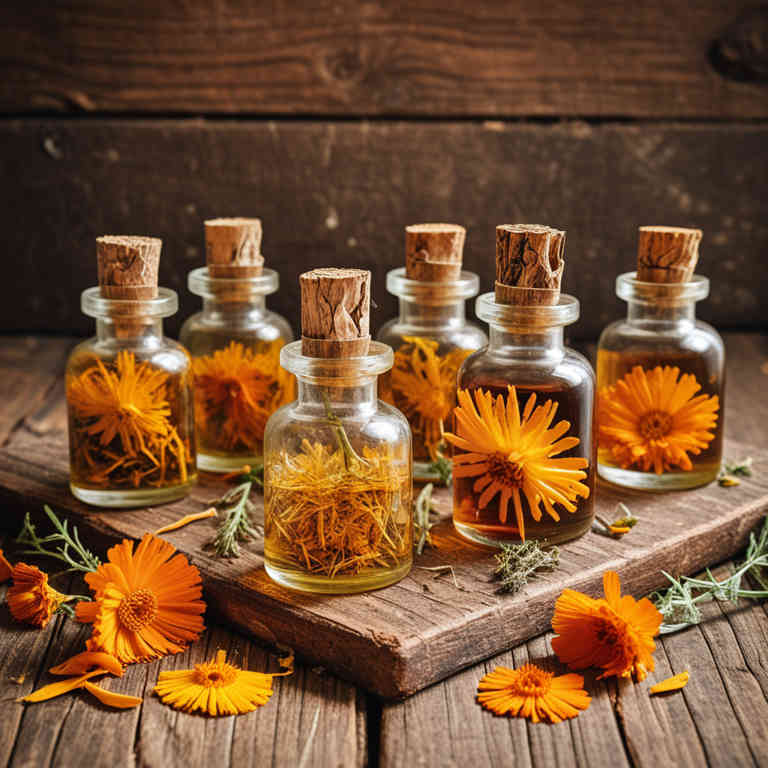
Herbal tinctures for burns are concentrated liquid extracts made from various medicinal plants known for their soothing and healing properties.
Common herbs used in these tinctures include aloe vera, calendula, chamomile, and echinacea, each offering anti-inflammatory, antimicrobial, and pain-relieving benefits. These tinctures can be applied topically to minor burns to reduce redness, swelling, and discomfort while promoting skin regeneration. However, it is important to dilute them properly before use, as undiluted tinctures may irritate the skin or cause adverse reactions.
Always consult a healthcare professional before using herbal tinctures, especially for more severe burns or if you have allergies or are on medication.
FREE COURSE
How to make medicinal herbal tinctures for common ailments at home and in a weekend (using the Healing Drops System).
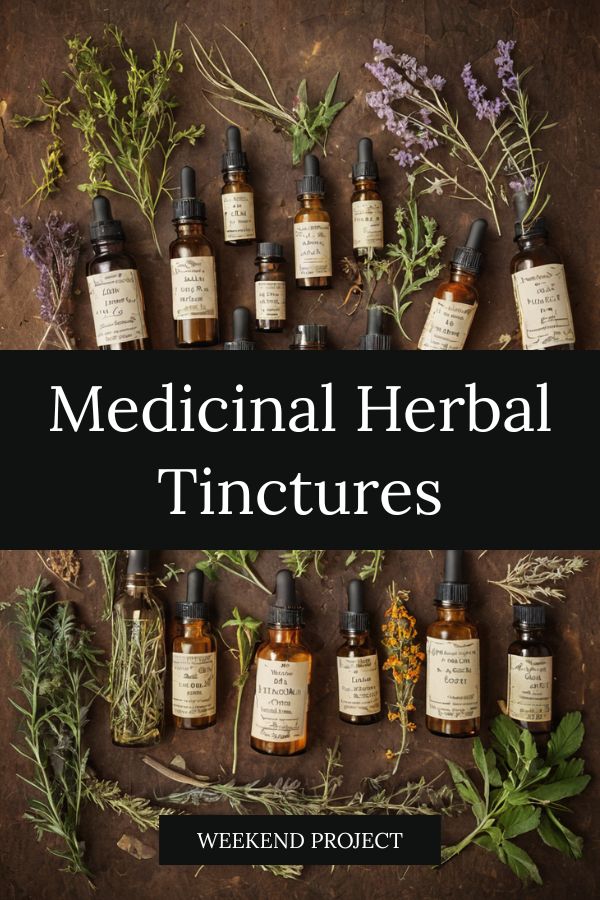
Table of Contents
1. Calendula officinalis

Calendula officinalis, commonly known as pot marigold, is widely used in herbal tinctures for its anti-inflammatory and soothing properties.
These tinctures are often applied topically to burns to help reduce redness, swelling, and pain by promoting skin healing. The active compounds in calendula, such as flavonoids and triterpenoids, contribute to its ability to support tissue repair and prevent infection. While calendula tinctures are generally considered safe for minor burns, it is important to consult a healthcare provider before use, especially for severe burns or in individuals with allergies.
Overall, calendula officinalis tinctures offer a natural and gentle option for managing the discomfort and healing process of minor burns.
2. Aloe barbadensis
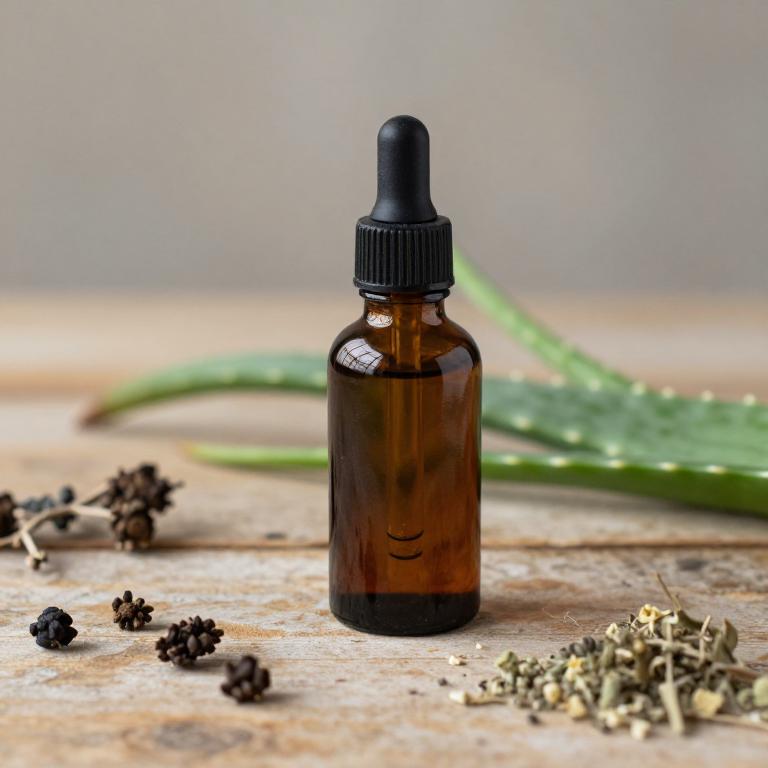
Aloe barbadensis, commonly known as aloe vera, has been widely recognized for its soothing and healing properties, particularly when used in herbal tinctures for burns.
These tinctures are typically made by extracting the gel from the aloe plant and combining it with alcohol to create a concentrated form that can be applied topically. Aloe vera tinctures are valued for their anti-inflammatory, antimicrobial, and moisturizing effects, which help reduce pain, redness, and the risk of infection in burn wounds. They are often used for minor burns, such as sunburns or small thermal burns, as a natural alternative to conventional treatments.
However, it is important to consult a healthcare professional before using aloe tinctures, especially for severe burns or if there are underlying health conditions.
3. Hypericum perforatum
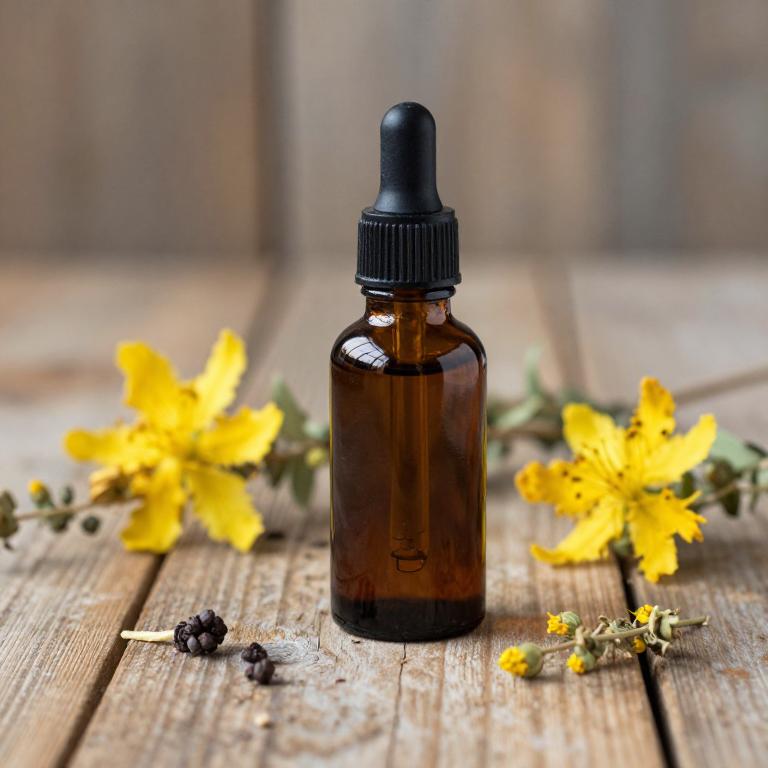
Hypericum perforatum, commonly known as St. John's Wort, has been traditionally used for its anti-inflammatory and analgesic properties, making it a popular choice for herbal tinctures applied to burns.
When diluted properly, the tincture can help reduce pain and inflammation associated with minor burns and skin irritations. However, it is important to note that St. John's Wort can interact with certain medications, so consultation with a healthcare provider is recommended before use. The tincture is typically applied topically, often diluted with a carrier oil or alcohol to prevent skin irritation.
While it may offer some relief, it should not replace professional medical treatment for severe burns.
4. Chamomilla recutita
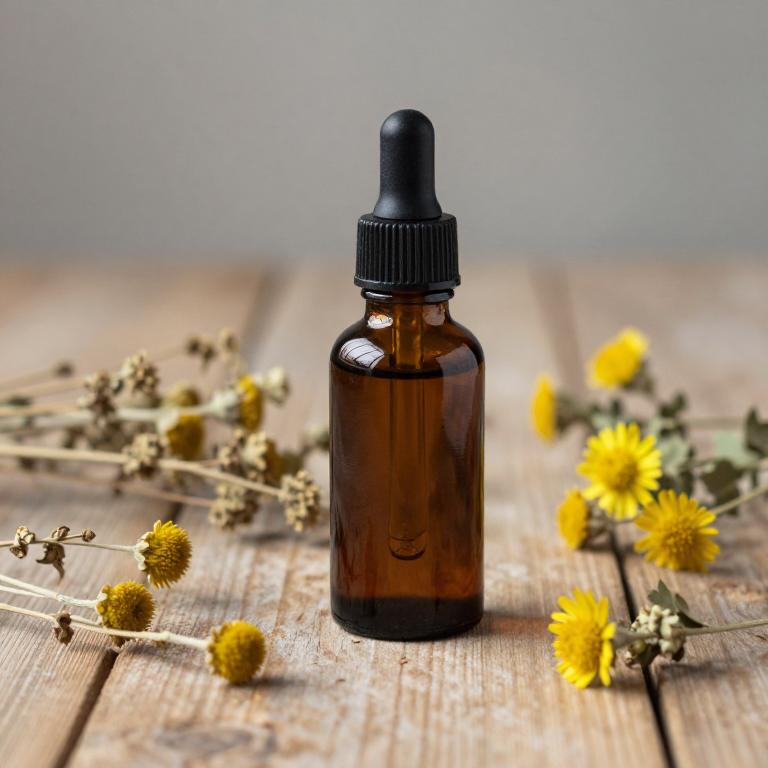
Chamomilla recutita, commonly known as German chamomile, is often used in herbal tinctures for its soothing and anti-inflammatory properties.
These tinctures are typically prepared by soaking the dried flowers in alcohol, allowing the active compounds like flavonoids and essential oils to be extracted. Chamomile tinctures may help reduce pain, swelling, and redness associated with minor burns due to their antiseptic and analgesic effects. However, they are generally recommended for external use only and should not replace professional medical treatment for severe burns.
It is important to consult a healthcare provider before using chamomile tinctures, especially if you have allergies or are taking other medications.
5. Echinacea purpurea
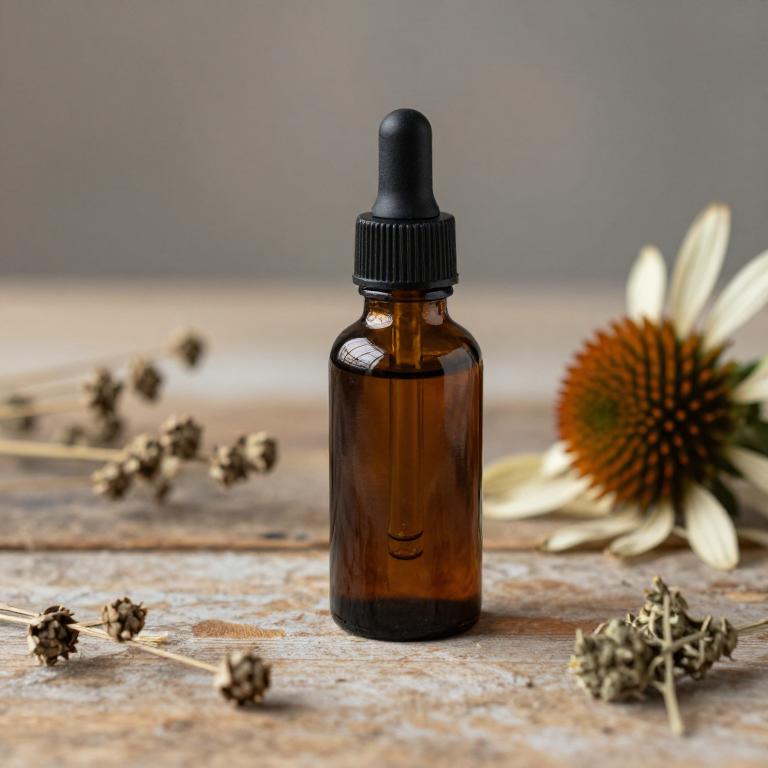
Echinacea purpurea herbal tinctures are traditionally used for their potential anti-inflammatory and immune-boosting properties, though their efficacy for burns specifically requires further scientific validation.
While some natural remedies suggest echinacea may support skin healing, it is not a standard treatment for burns and should not replace professional medical care. Applying echinacea tinctures directly to burns could irritate sensitive skin or delay healing, especially in severe cases. It is important to consult a healthcare provider before using any herbal remedy on burns, as proper wound care is crucial for preventing infection.
Overall, echinacea tinctures are more commonly associated with colds and immune support than with burn treatment.
6. Lavandula angustifolia
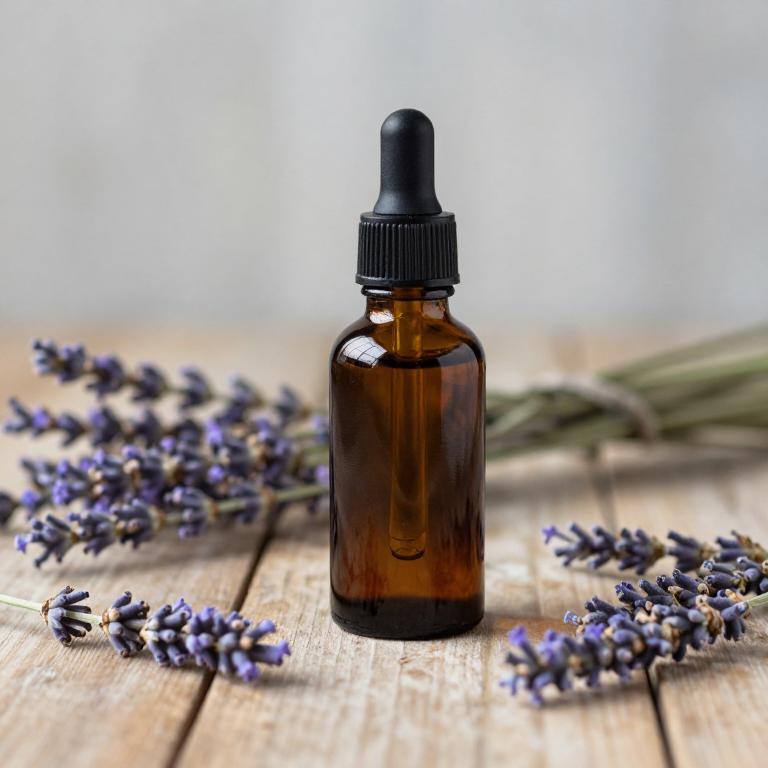
Lavandula angustifolia, commonly known as English lavender, is widely used in herbal tinctures for its soothing and anti-inflammatory properties.
These tinctures are often applied topically to minor burns to help reduce pain, inflammation, and the risk of infection. The essential oils in lavender are believed to promote skin healing and provide a calming effect, making them a popular choice in natural first-aid remedies. When preparing a lavender tincture for burns, it is important to dilute the oil with a carrier oil to avoid skin irritation.
While lavender tinctures can be beneficial for mild burns, they should not replace professional medical treatment for severe injuries.
7. Zingiber officinale
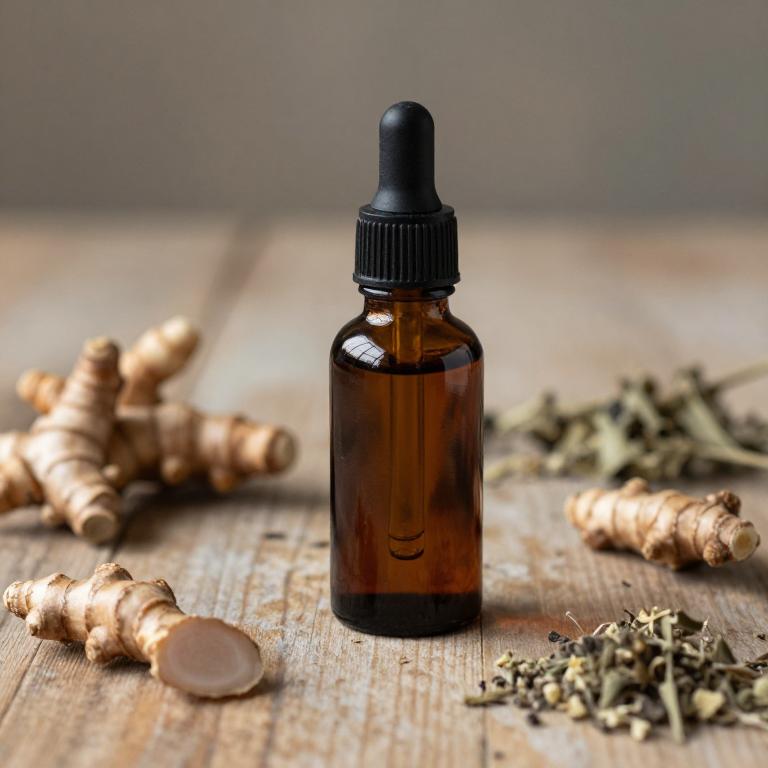
Zingiber officinale, commonly known as ginger, has been traditionally used for its anti-inflammatory and analgesic properties, and its herbal tinctures have gained attention for their potential benefits in treating burns.
The tinctures are typically prepared by soaking fresh or dried ginger root in alcohol to extract its active compounds, such as gingerol and shogaol, which may help reduce pain and inflammation associated with burns. While some studies suggest that ginger may support the healing process by promoting circulation and reducing oxidative stress, it is important to note that these tinctures are not a substitute for conventional burn treatments.
Always consult a healthcare professional before using ginger tinctures on burns, as they may not be suitable for severe injuries or individuals with certain medical conditions.
8. Sutherlandia frutescens
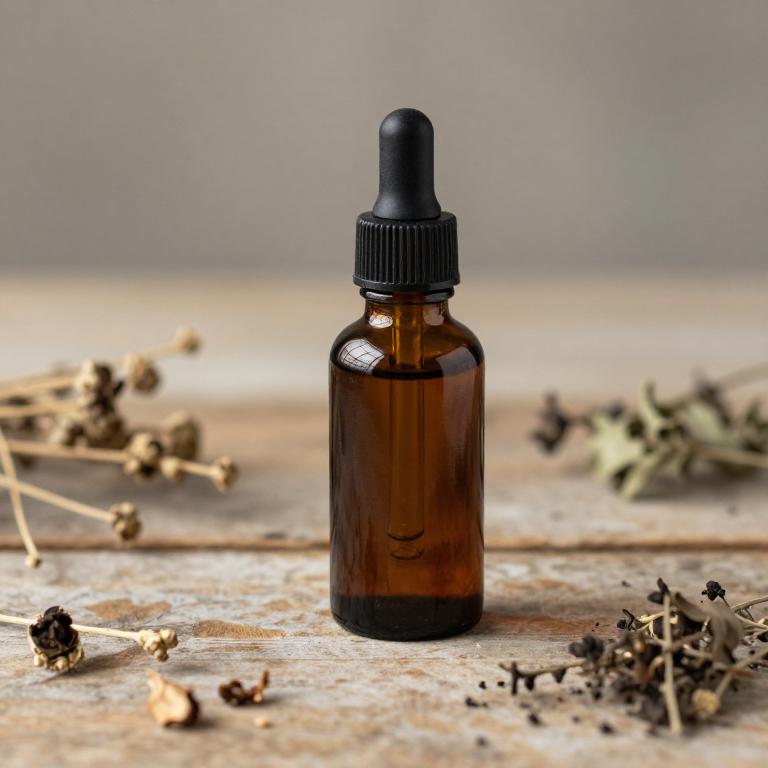
Sutherlandia frutescens, also known as the "cancer plant," is a traditional African herb that has been used for centuries in herbal medicine.
Its tinctures are often utilized for their purported anti-inflammatory and wound-healing properties, making them a popular choice for treating burns. While scientific research on its efficacy for burns is limited, some studies suggest it may help reduce inflammation and promote skin regeneration. The tincture is typically applied topically to the affected area, and it is believed to support the body's natural healing processes.
However, it is important to consult a healthcare professional before using Sutherlandia frutescens for burns, as it may interact with other medications or have side effects.
9. Cnicus benedictus
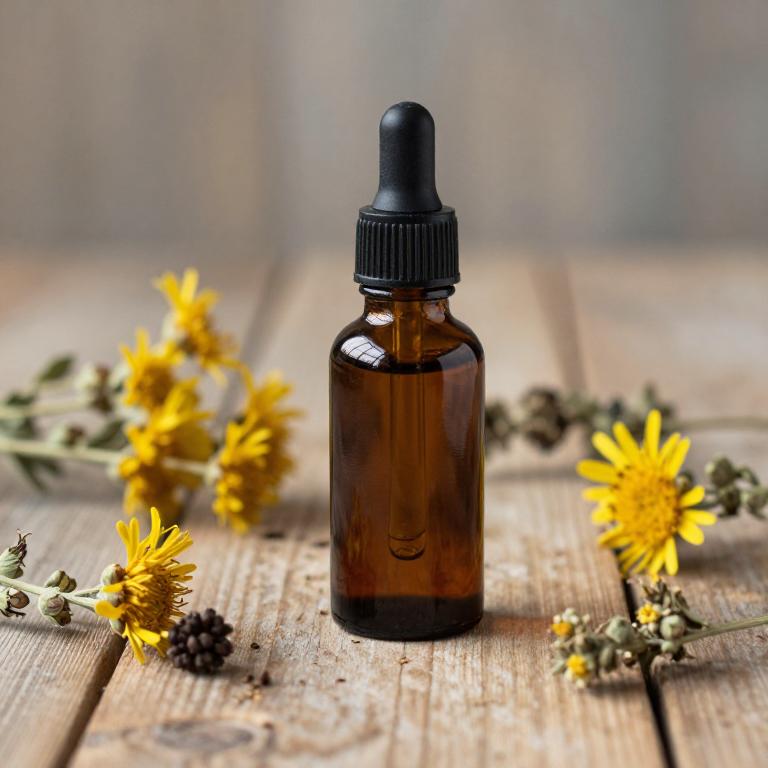
Cnicus benedictus, commonly known as blessed weed, has been traditionally used in herbal medicine for its soothing and healing properties.
Herbal tinctures made from Cnicus benedictus are often employed to treat minor burns due to their anti-inflammatory and analgesic effects. The tincture is typically prepared by soaking the dried plant material in alcohol to extract its active compounds, which include flavonoids and essential oils. When applied topically, these tinctures can help reduce pain, redness, and swelling associated with burns.
However, it is important to consult a healthcare professional before using Cnicus benedictus tinctures, especially for severe burns or if you have known allergies to plants in the Asteraceae family.
10. Camellia sinensis
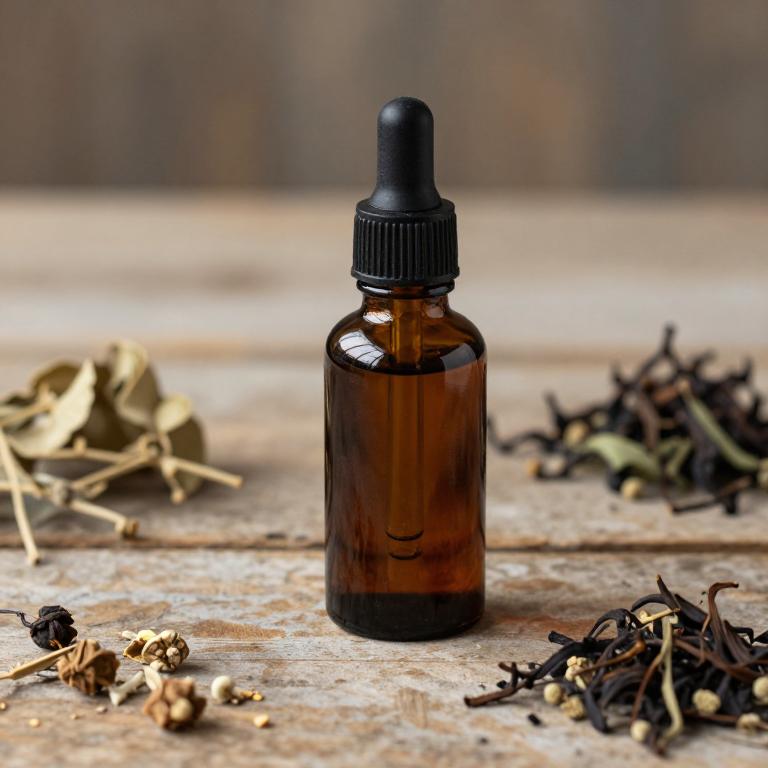
Camellia sinensis, commonly known as the tea plant, is the source of various herbal tinctures that have been explored for their potential benefits in treating burns.
These tinctures are typically prepared by extracting bioactive compounds such as polyphenols, caffeine, and catechins from the leaves of the plant. While there is limited scientific research specifically on Camellia sinensis tinctures for burns, some studies suggest that the antioxidants in these extracts may help reduce inflammation and promote skin healing. However, it is important to note that these tinctures should not replace conventional burn treatments recommended by healthcare professionals.
As with any herbal remedy, it is advisable to consult a medical provider before using Camellia sinensis tinctures for burn care to ensure safety and effectiveness.